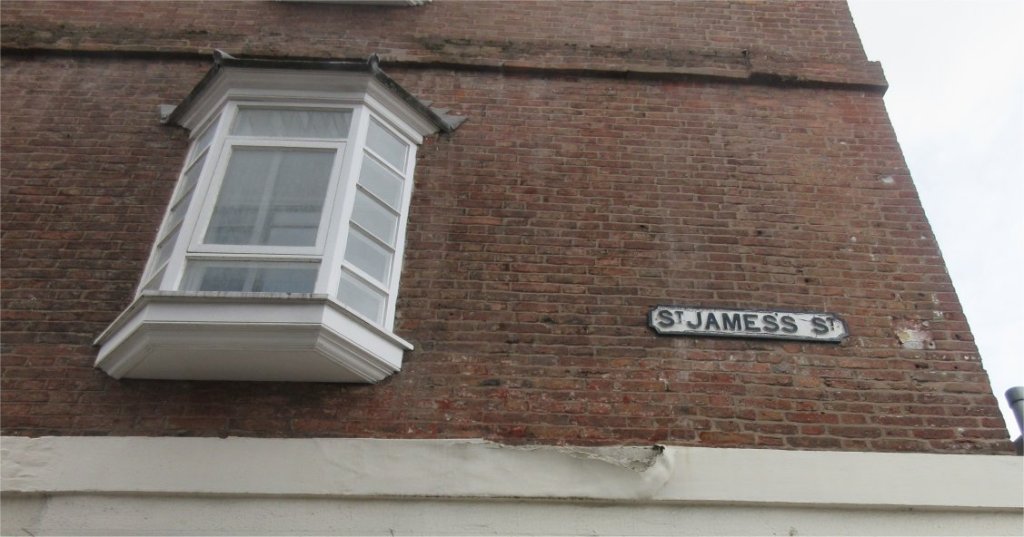Nottingham is a UK City of Literature and boasts a rich history of literary figures. (See our previous blogs on Lord Byron, and D.H. Lawrence ) Now it was time to hit the city centre.
Keen to discover more about the Nottingham UNESCO City of Literature the City Adventurers set off to follow one of their suggested routes in search of commemorative plaques and tourist attractions.

Our first visit involved a walk to see “Byron’s city centre house on St James Street”. Unfortunately, we were unable to find it. Undeterred, we headed round the corner to Angel Row, to find one of the last remaining subscription libraries in the country. The 200-year old Bromley House Library had been described as a must-see for bookworms and lovers of literature.” Well, this “must see” attraction refused us entry! So we never got to discover “this historic hidden-gem” or see “the stunning spiral staircase to the secret-garden“. We were stunned. Especially as the website says “Although the library cannot show people round on an individual basis you can always pop up to the first floor if you are passing”.
If they don’t want bookworms and lovers of literature to visit this “must-see venue”, why suggest you pop in?

Back across the Old Market Square we headed to Pelham Street, to find the JM Barrie plaque. Sir James Matthew Barrie was a Scottish author, dramatist and creator of Peter Pan. In his early career he moved to Nottingham and spent some considerable time there. A plaque to him can be found on Pelham Street, above the door of the former Nottingham Daily Journal offices.

It is said that, during his time at the Nottingham Daily Journal, he took inspiration for the character of Peter Pan from a local street urchin and based the setting of Neverland on the Nottingham Arboretum.
While we were looking for the plaque, we spotted another one to Lord Byron, attached to a pub next to the Notts Bank Chambers building. Interesting to note that many people came to pay their respects to him before he was buried at Mary Magdalene church in Hucknall.

All in all, a bit of a disappointing visit. We had expected more from a UK City of Literature
We considered making the trip to Mary Magdalene church in Hucknall, to see where Byron is buried with his daughter, the genius mathematician Ada Lovelace.
St Mary Magdalene served as the traditional burial place of the Byron family who maintained a family vault there. Most Lords Byron are buried in it, including the poet. His daughter Ada, Countess of Lovelace, also rests in the vault wikipedia.org
The church itself is Grade II* listed and also houses a permanent Byron exhibition. “Not to be missed” said the website but we’d been caught out by that before (see above). So this time we checked Mary Magdalene church online and found they offered virtual tours. So check it out online.
Join City Adventurers and explore
Join our club for people who want to live life to the full. Just click the link and join the club